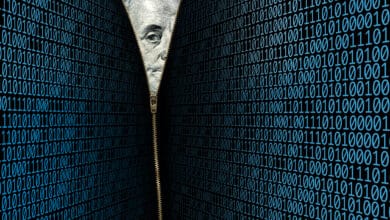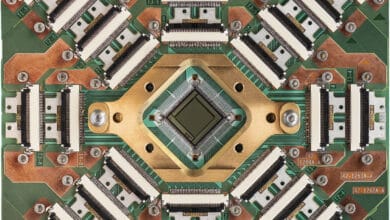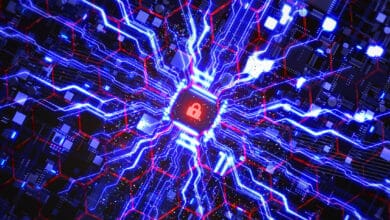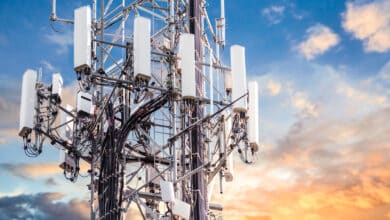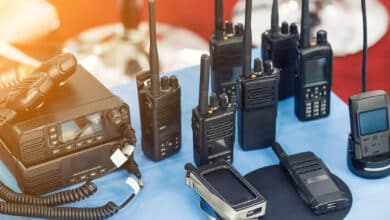Post-Quantum
PostQuantum.com by Marin Ivezic – Quantum Security, PQC, Quantum Resistance, CRQC, Q-Day, Y2Q
-
How CISOs Can Use Quantum Readiness to Secure Bigger Budgets (and Fix Today’s Problems)
Quantum readiness is not an exercise in science fiction – it’s a very practical program that yields benefits immediately. Regulators are pushing us all in this direction, which means boards are willing to fund it. The journey forces you to finally catalog your cryptographic assets and clean up long-standing weaknesses,…
Read More » -
Quantum Readiness / PQC Migration Is The Largest, Most Complex IT/OT Overhaul Ever – So Why Wait?
Preparing for the quantum era is arguably the largest and most complicated digital infrastructure overhaul in history. Yes, far bigger than Y2K, because back in 1999 we didn’t have millions of network-connected “things” to worry about. Yet despite clear warnings and rapidly approaching milestones, far too many organizations still treat…
Read More » -
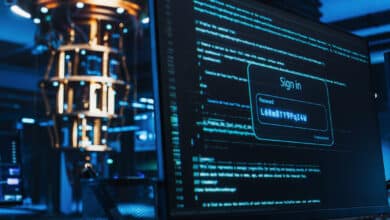
Q-Day Revisited – RSA-2048 Broken by 2030: Detailed Analysis
It’s time to mark a controversial date on the calendar: 2030 is the year RSA-2048 will be broken by a quantum computer. That’s my bold prediction, and I don’t make it lightly. In cybersecurity circles, the countdown to “Q-Day” or Y2Q (the day a cryptographically relevant quantum computer cracks our…
Read More » -

The Enormous Energy Cost of Breaking RSA‑2048 with Quantum Computers
The energy requirements for breaking RSA-2048 with a quantum computer underscore how different the post-quantum threat is from conventional hacking. It’s not just about qubits and math; it’s about megawatts, cooling systems, and power grids. Today, that reality means only the most potent actors would even contemplate such attacks, and…
Read More » -

Breaking RSA Encryption: Quantum Hype Meets Reality (2022–2025)
To put it plainly, if you encrypted a message with an RSA-2048 public key today, no one on Earth knows how to factor it with currently available technology, even if they threw every quantum computer and supercomputer we have at the task. That may change in the future – perhaps…
Read More » -
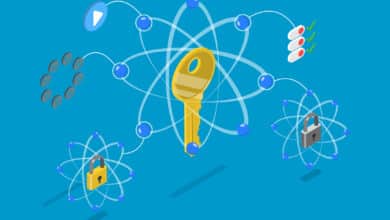
Quantum Key Distribution (QKD) 101: A Guide for Cybersecurity Professionals
Quantum Key Distribution (QKD) is a cutting-edge security technology that leverages quantum physics to enable two parties to share secret encryption keys with unprecedented security guarantees. Unlike classical key exchange methods whose security rests on computational assumptions, QKD’s security is rooted in the laws of physics – any eavesdropping attempt…
Read More » -
Adiabatic Quantum (AQC) and Cyber (2024 Update)
Adiabatic Quantum Computing (AQC) is an alternative paradigm that uses an analog process based on the quantum adiabatic theorem. Instead of discrete gate operations, AQC involves slowly evolving a quantum system’s Hamiltonian such that it remains in its lowest-energy (ground) state, effectively “computing” the solution as the system’s final state.…
Read More » -
Quantum Hacking: Cybersecurity of Quantum Systems
While these machines are not yet widespread, it is never too early to consider their cybersecurity. As quantum computing moves into cloud platforms and multi-user environments, attackers will undoubtedly seek ways to exploit them.
Read More » -
Post-Quantum Cryptography (PQC) Meets Quantum AI (QAI)
Post-Quantum Cryptography (PQC) and Quantum Artificial Intelligence (QAI) are converging fields at the forefront of cybersecurity. PQC aims to develop cryptographic algorithms that can withstand attacks by quantum computers, while QAI explores the use of quantum computing and AI to both break and bolster cryptographic systems.
Read More » -
4,099 Qubits: The Myth and Reality of Breaking RSA-2048 with Quantum Computers
4,099 is the widely cited number of quantum bits one would need to factor a 2048-bit RSA key using Shor’s algorithm – in other words, the notional threshold at which a quantum computer could crack one of today’s most common encryption standards. The claim has an alluring simplicity: if we…
Read More » -
Telecom’s Quantum‑Safe Imperative: Challenges in Adopting Post‑Quantum Cryptography
The race is on to quantum‑proof the world’s telecom networks. With cryptographically relevant quantum computers (CRQC) projected to arrive by the 2030s, global communications providers face an urgent mandate to upgrade their security foundations. Today’s mobile and fixed‑line networks rely on public-key cryptography that quantum algorithms could eventually break. In…
Read More » -
Quantum Computing Risks to Cryptocurrencies – Bitcoin, Ethereum, and Beyond
Cryptocurrencies like Bitcoin and Ethereum derive their security from cryptographic algorithms – mathematical puzzles that are practically impossible for classical computers to solve in any reasonable time. However, the emergence of quantum computing threatens this security assumption. Unlike classical machines, quantum computers leverage quantum mechanics to perform certain computations exponentially…
Read More » -
What Will Really Happen Once Q-Day Arrives – When Our Current Cryptography Is Broken?
As the world edges closer to the era of powerful quantum computers, experts warn of an approaching “Q-Day” (sometimes called Y2Q or the Quantum Apocalypse): the day a cryptographically relevant quantum computer can break our current encryption. Unlike the Y2K bug—which had a fixed deadline and was mostly defused before…
Read More » -
Q-Day Predictions: Anticipating the Arrival of CRQC
While CRQCs capable of breaking current public key encryption algorithms have not yet materialized, technological advancements are pushing us towards what is ominously dubbed 'Q-Day'—the day a CRQC becomes operational. Many experts believe that Q-Day, or Y2Q as it's sometimes called, is just around the corner, suggesting it could occur…
Read More » -
Quantum Readiness for Mission-Critical Communications (MCC)
Mission-critical communications (MCC) networks are the specialized communication systems used by “blue light” emergency and disaster response services (police, fire, EMS), military units, utilities, and other critical operators to relay vital information when lives or infrastructure are at stake. These networks prioritize reliability, availability, and resilience – they must remain…
Read More »
